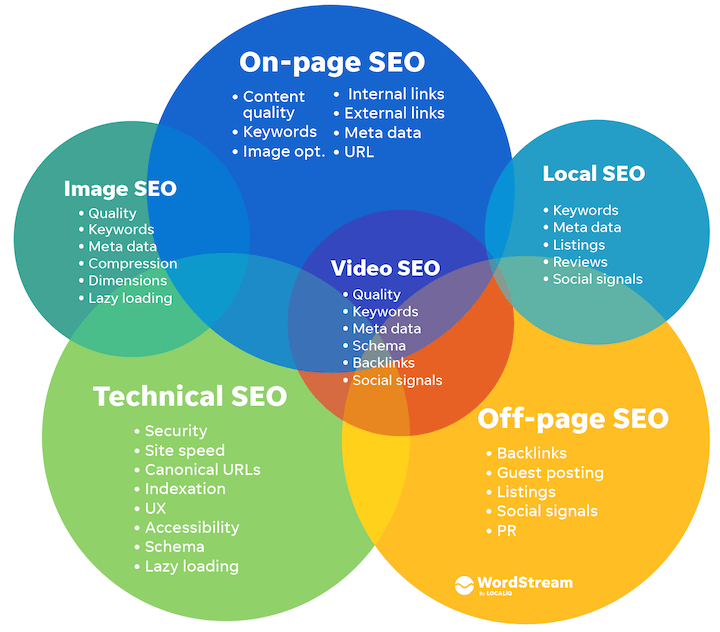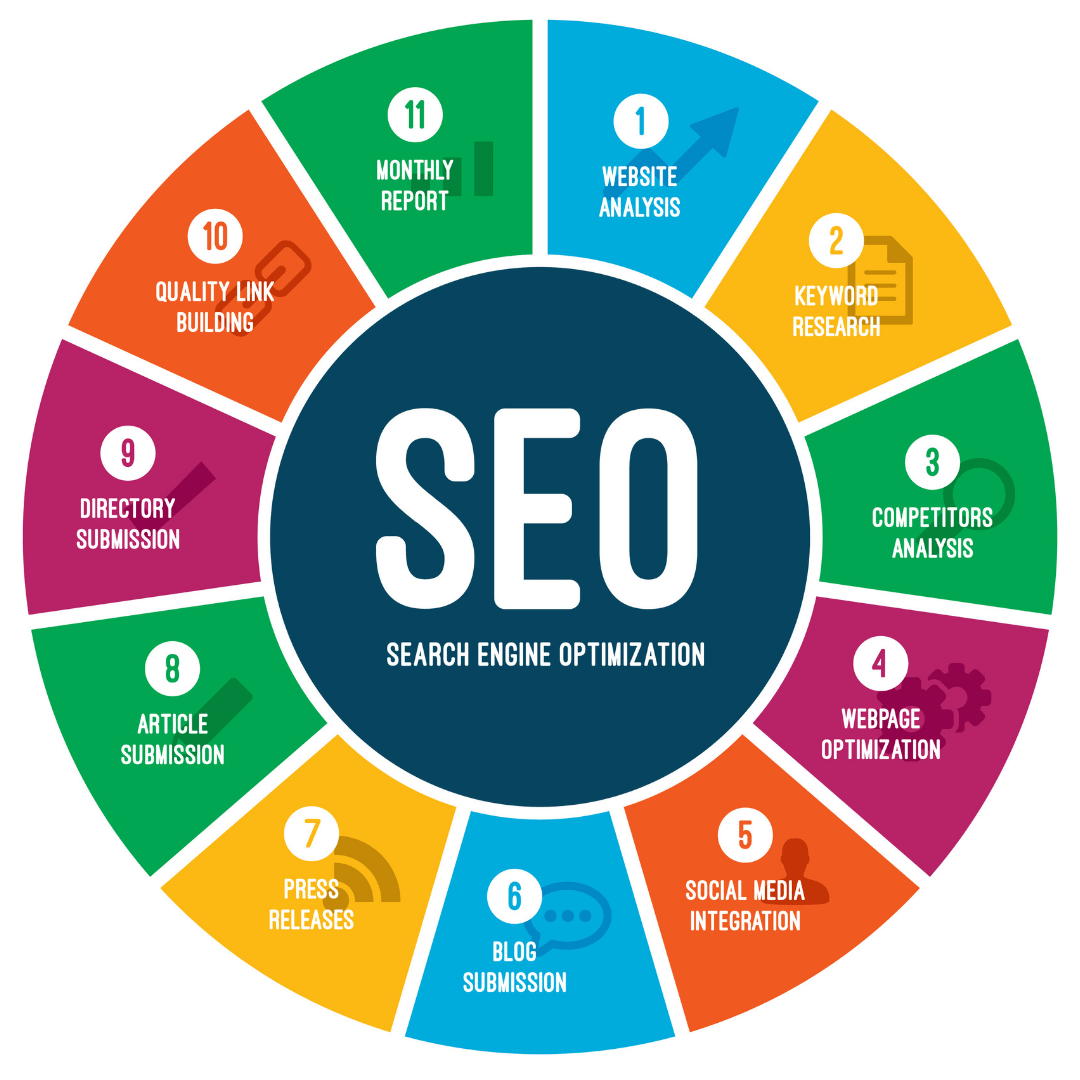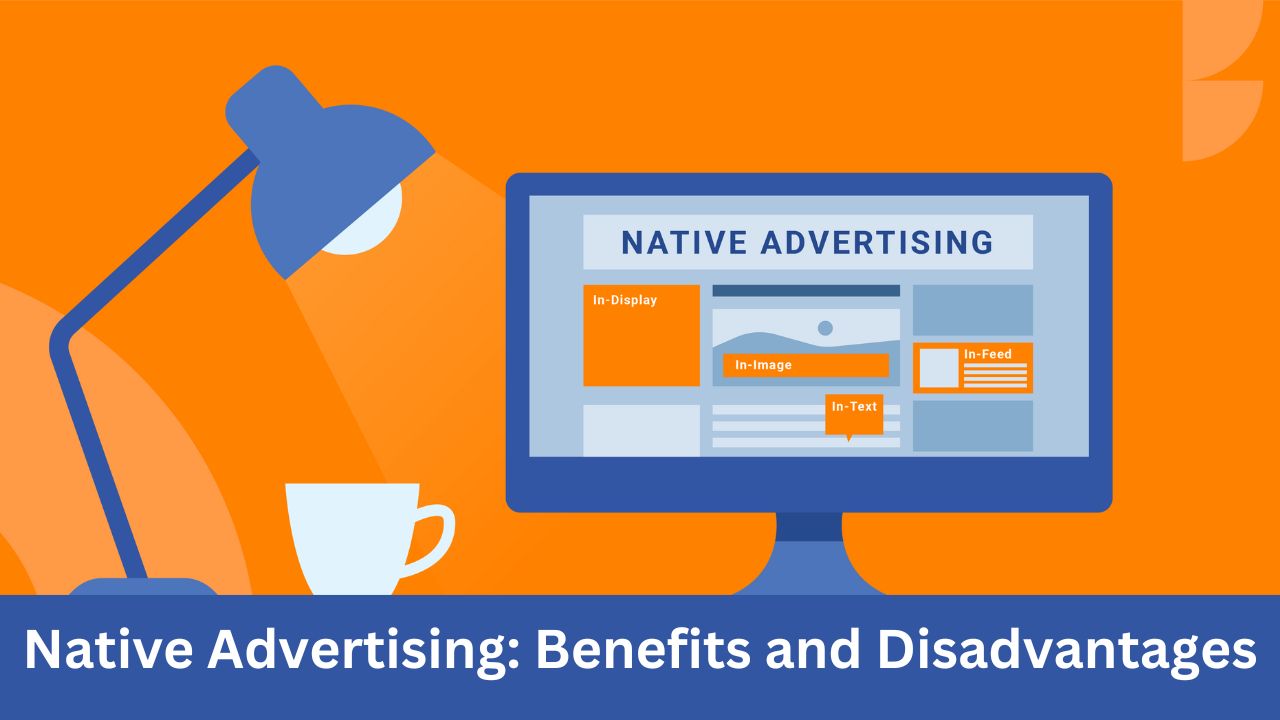Physical Address
304 North Cardinal St.
Dorchester Center, MA 02124
Physical Address
304 North Cardinal St.
Dorchester Center, MA 02124
”
When I first dipped my toes into foreign trade website marketing, industry jargon made my head spin faster than a loading spinner. Let me save you that headache by breaking down essential terms I’ve learned through trial and error. We’ll explore three key areas that actually matter when you’re trying to get visible online.

Remember my first website? I thought SEO just meant stuffing keywords everywhere. Boy, was I wrong! Search Engine Optimization is more like matchmaking – connecting your content with what buyers actually search. Key tools in your belt should include:
– That mysterious meta tag trio (title, description, keywords) that works like a shop window display
– Backlinks – think of them as digital referrals from other sites (pro tip: quality beats quantity here)
– The sitemap that acts like a treasure map for search engine crawlers
Ever heard of the ‘Google Sandbox’? It’s not a playpen – it’s that frustrating period where new sites get less visibility. I’ve waited it out with clients, using the time to build quality content through blog outreach strategies that actually pay off later.
Numbers used to terrify me until I realized they’re just customer behavior stories. That bounce rate everyone obsesses over? It’s like customers peeking into your store but not entering. Here’s what really matters:
![]()
– UV vs PV: Unique Visitors (actual people) vs Page Views (how many pages they check)
– CTR: Click-through rate – basically how tempting your search result looks
– The AARRR metrics (yes, pirate talk!) tracking customer journey from discovery to advocacy
I learned the hard way: chasing vanity metrics gets you nowhere. Focus on conversion rates that actually impact your bottom line.
Paid ads confused me at first – what’s with all the C’s? Let’s decode:
– PPC (Pay-Per-Click): Only pay when someone’s interested enough to click
– CPC vs CPA: Cost per click vs cost per acquisition – know which matters for your goals
– Native ads: The chameleons of advertising that blend with content
My golden rule? Always test different approaches. I’ve seen clients waste budgets on flashy DSP platforms when simple affiliate marketing strategies worked better for their niche.
Remember, these terms aren’t just buzzwords – they’re practical tools. Start implementing them gradually, and don’t be afraid to revisit concepts as you grow. What marketing metric are you most curious about? Drop me a question below!
Let’s break down these SEO must-knows that every website owner should keep in their back pocket. When I first dipped my toes into digital marketing, terms like SEO sounded like rocket science – turns out it’s just making friends with search engines!
Picture this: Google’s like a librarian scanning bookshelves. That’s where meta tags come in – those hidden descriptions telling crawlers what your page is about (TDK stands for Title, Description, Keywords, if you’re wondering). Ever tried the site: operator in search? That’s your detective tool for checking indexed pages.

Here’s something I learned the hard way: Not all links are created equal. Nofollow links are like polite introductions, while dofollow links are full recommendations. And those sneaky dead links? They’re digital potholes that frustrate users and bots alike.
Wait till you see how technical it gets – canonical tags prevent duplicate content headaches, while robots.txt acts like a bouncer deciding which pages get crawled. My personal favorite? The sitemap – it’s like leaving breadcrumbs for search engines to follow.

Ever noticed how some websites magically rank higher? That’s where DA/PA (Domain Authority/Page Authority) scores come into play. But watch out for the sandbox effect – Google’s timeout corner for new websites. And trust me, you don’t want a Google penalty – it’s like getting grounded from the search results party!
Here’s a pro tip from my experience: thin content is the silent killer of rankings. That’s why outreach through emails and blogs becomes crucial. Remember, good SEO is like gardening – it needs constant nurturing both on your pages (on-page SEO) and through external signals (off-page SEO).
Let’s cut through the jargon jungle together, shall you? When diving into website analytics, I always tell my clients: “If your eyes glaze over looking at these metrics, you’re doing it wrong.” The real magic happens when we make friends with terms like Avg. Session Duration – that’s basically how long visitors stick around, like party guests deciding if your content’s worth another drink.
![]()
Ever played “Where’s Waldo?” with your website traffic? That’s essentially what UV (Unique Visitors) vs PV (Page Views) tracking feels like. Here’s a dirty little secret I’ve learned: a high Bounce Rate isn’t always bad – sometimes people just find exactly what they need on the first page!
Let’s talk about the metric that keeps advertisers up at night – CTR (Click-Through Rate). Picture this: your ad’s like that flashy restaurant sign. Impressions are cars driving by, clicks are the folks actually pulling into the parking lot. The Conversion Rate? That’s how many actually order the special!

Here’s where most beginners stumble – understanding the full customer journey through AARRR metrics (Acquisition to Referral). It’s like watching someone go from first date to marriage to recommending you to their friends. Pro tip: Retention is where the money’s at – ever noticed how coffee shops give those loyalty cards?
Remember that time everyone went crazy about “vanity metrics”? That’s exactly why smart marketers focus on meaningful interactions rather than raw numbers. Next time you see a spike in traffic, ask yourself: Are these visitors just window-shopping, or actually adding items to their cart?
When diving into website marketing, you’ll quickly realize it’s packed with jargon that sounds like alphabet soup. Let me break down the key terms in plain English – these are the ones I wish someone had explained to me when I first started.
Ever heard advertisers talk about their SEM strategies? That’s Search Engine Marketing, which I like to call ‘paid search therapy’. It’s basically buying ads on search engines. The cool part? You only pay when someone clicks (that’s PPC – Pay-Per-Click). But watch those CPC (Cost Per Click) rates – I’ve seen campaigns where clicks cost more than my morning coffee!

Here’s where it gets interesting. Display Ads are those banners you see everywhere, but Native Ads are sneaky good – they blend into content so well you might click without realizing. My personal favorite? Inbound Marketing. Instead of chasing customers, you create content that pulls them in naturally. Think helpful blog posts or free tools people actually want.
Let’s talk numbers. CPM (Cost Per Mille) charges per thousand impressions – great for brand awareness. But if you want real results, CPA (Cost Per Acquisition) is where it’s at. I recently helped a client optimize their oCPA (Optimized CPA) and saw conversions jump by 40%! Then there’s CPS (Cost Per Sale), which is exactly what it sounds like – you only pay when the cash register rings.

The tech side gets juicy too. DSPs (Demand-Side Platforms) are like stock markets for ads – buyers bid on ad space in real-time through RTB (Real-Time Bidding). On the flip side, SSPs (Supply-Side Platforms) help publishers sell their ad inventory. And the brain behind it all? DMPs (Data Management Platforms) that track user behavior. Creepy? Maybe. Effective? Absolutely.
Don’t sleep on Affiliate Marketing either. It’s like having a sales army working on commission. Pro tip: Combine this with good inbound strategies and you’ve got a lead gen powerhouse. Remember that time everyone was obsessed with vCPM (Viewable CPM)? Turns out tracking actual ad views matters more than just impressions.
Here’s the kicker – most beginners overcomplicate this stuff. Start with SEM basics, experiment with different pricing models, and gradually add layers like programmatic buying. What surprised me most? How CPI (Cost Per Install) campaigns for apps can sometimes outperform traditional methods. The digital marketing world keeps evolving, but mastering these terms gives you the map to navigate it.